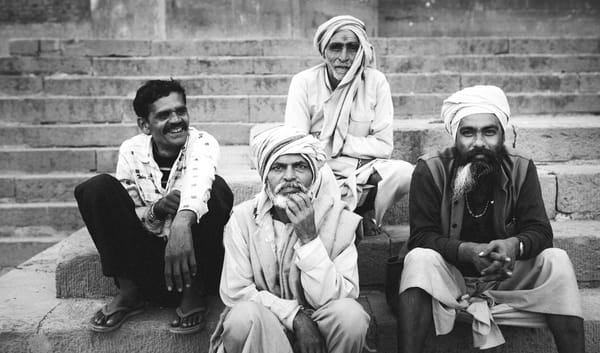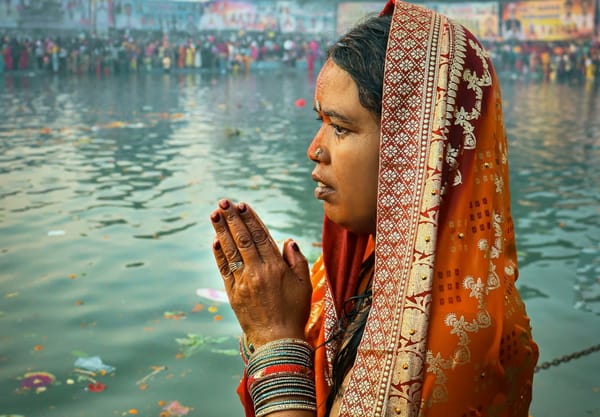Bhagavad Gita Chapters 4 & 5 – A Personal Reflection

As a young girl, I was consumed by a burning need to find myself, to seek answers to questions I could not even fully articulate, and to understand my place in this world. That hunger drove me into intense sadhana.
I became almost militant in my approach, juggling college, meditation, and ashram life with fervor. But the cognitive dissonance between my "real world" and "spiritual world" became too much to bear. At 21, I took a decisive step: I became a trainee Brahmacharini, the first step toward Sannyasa.
As part of my Parivrajaka (spiritual wandering), I renounced comfort, predictability, and control. I surrendered to the unknown. I didn't know where I would sleep or eat. Every day was sadhana: learning, teaching, observing silence, and existing in a constant state of flux. Slowly, silence became a norm. The outer silence brought inner stillness; clarity began to bloom.
Yet, life brought me back into the so-called "real world." And this was the true test: could I carry the essence of renunciation without the outer form? Could I live the philosophy of Sannyasa amidst the chaos of action, ambition, and worldly obligations?
This is where Chapters 4 and 5 of the Gita truly became alive for me.
Chapter 4 teaches about Jnana Karma Sanyasa Yoga—renunciation through wisdom. Not the mere act of giving up, but understanding the deeper truth behind action. That the self is not the doer, and that right action, performed with detachment, becomes a means of liberation.
Chapter 5, Karma Sanyasa Yoga, brings the paradox full circle. Krishna tells Arjuna that both the path of renunciation and the path of selfless action lead to the same goal, but Karma Yoga, performed with the right attitude, is superior for those still engaged in the world.
"Brahmanyādhāya karmāṇi saṅgaṁ tyaktvā karoti yaḥ, Lipyate na sa pāpena padma-patram ivāmbhasā." (Bhagavad Gita 5.10)
"Those who dedicate their actions to the Divine, abandoning all attachment, remain untouched by sin, like the lotus leaf that remains untouched by water."
These words became my guiding light.
The hardest part wasn't leaving the ashram. It was renouncing the idea of being a renunciate. To integrate the Gita's message in the marketplace, in relationships, in deadlines. To balance Artha (livelihood) and Kama (desire), while rooted in Dharma (righteousness), and never forgetting Moksha (liberation).
To me, this has been the lived journey of Bhagavad Gita 4 and 5—learning that true renunciation is internal. That freedom lies not in walking away from life, but in walking through life without clinging.





